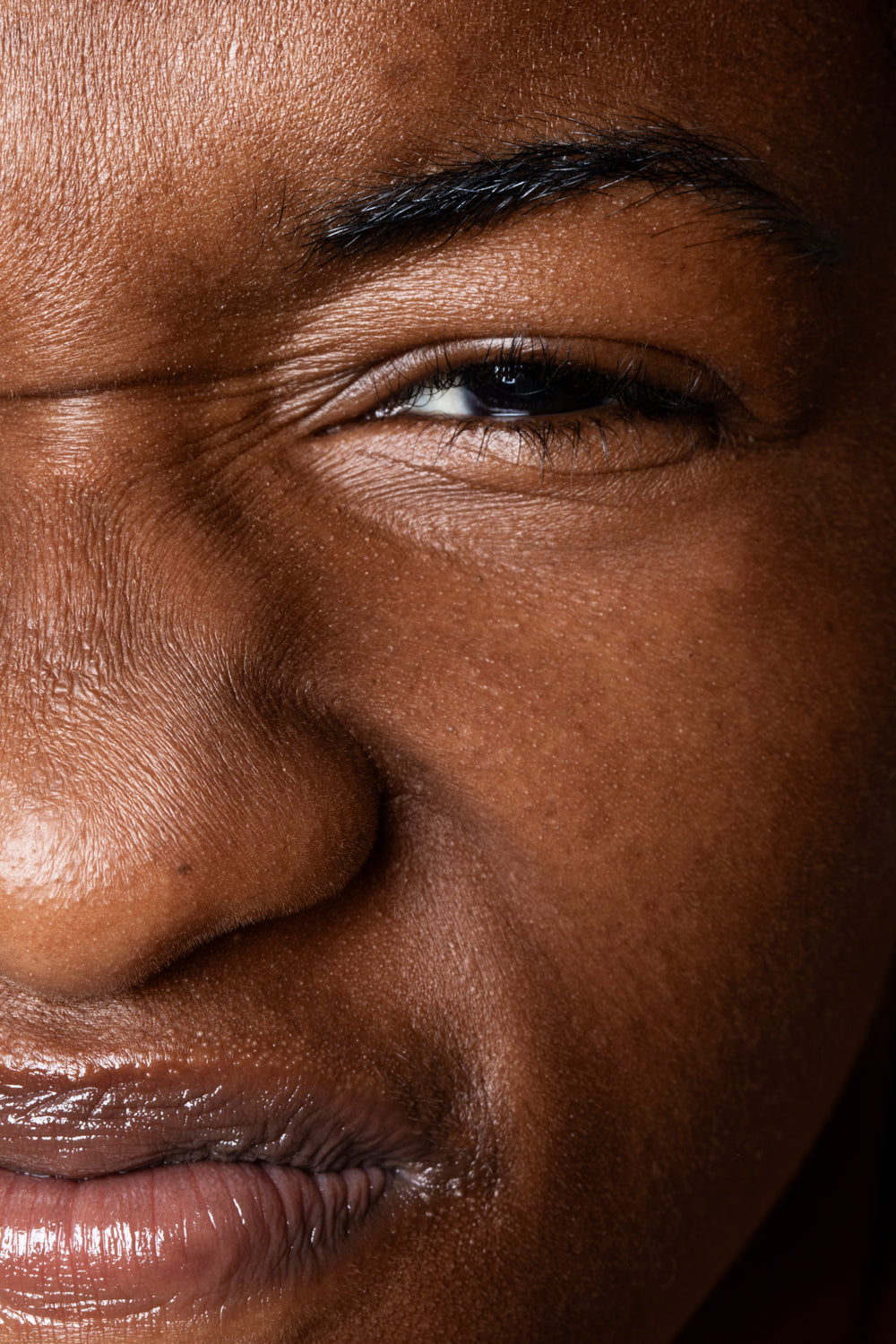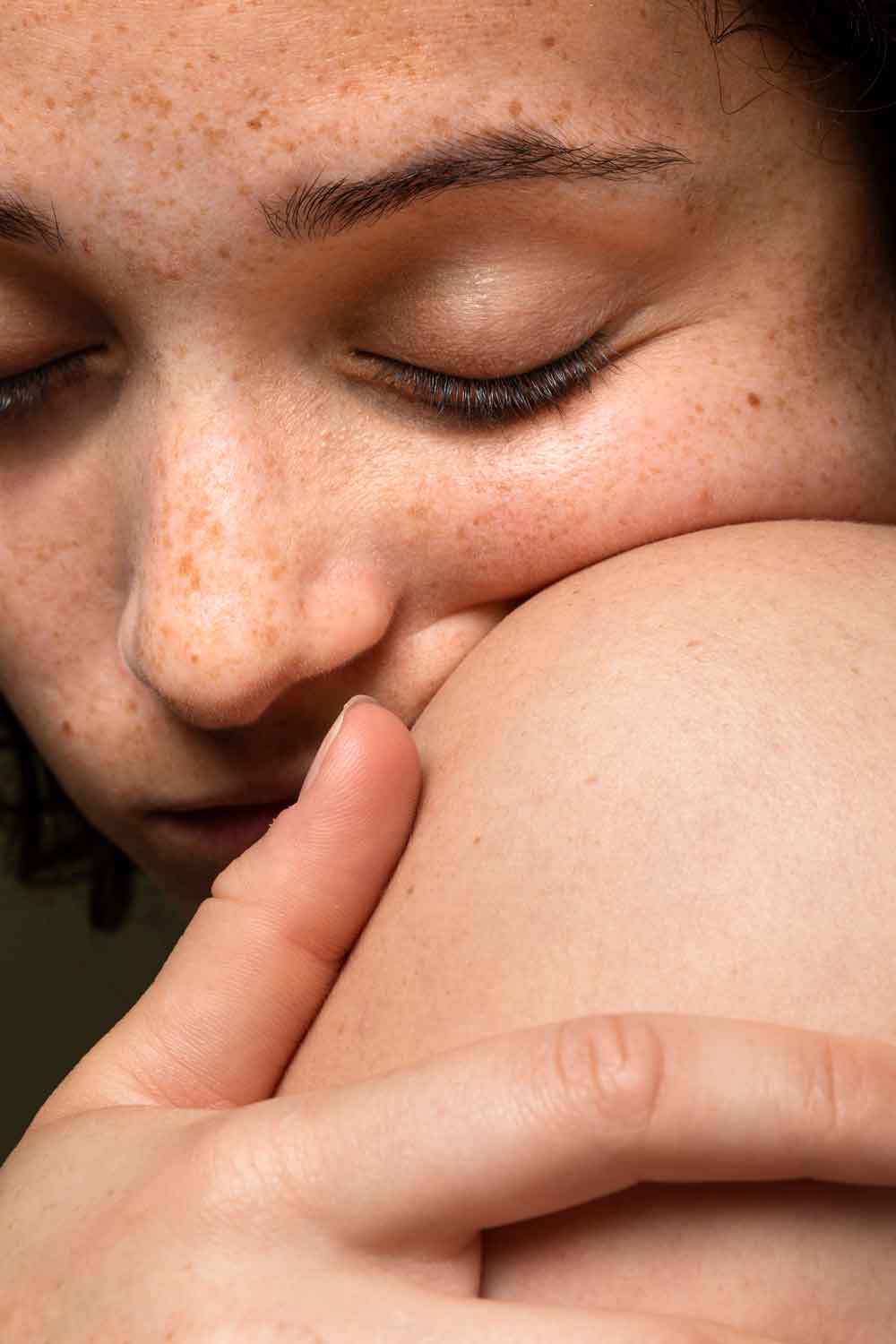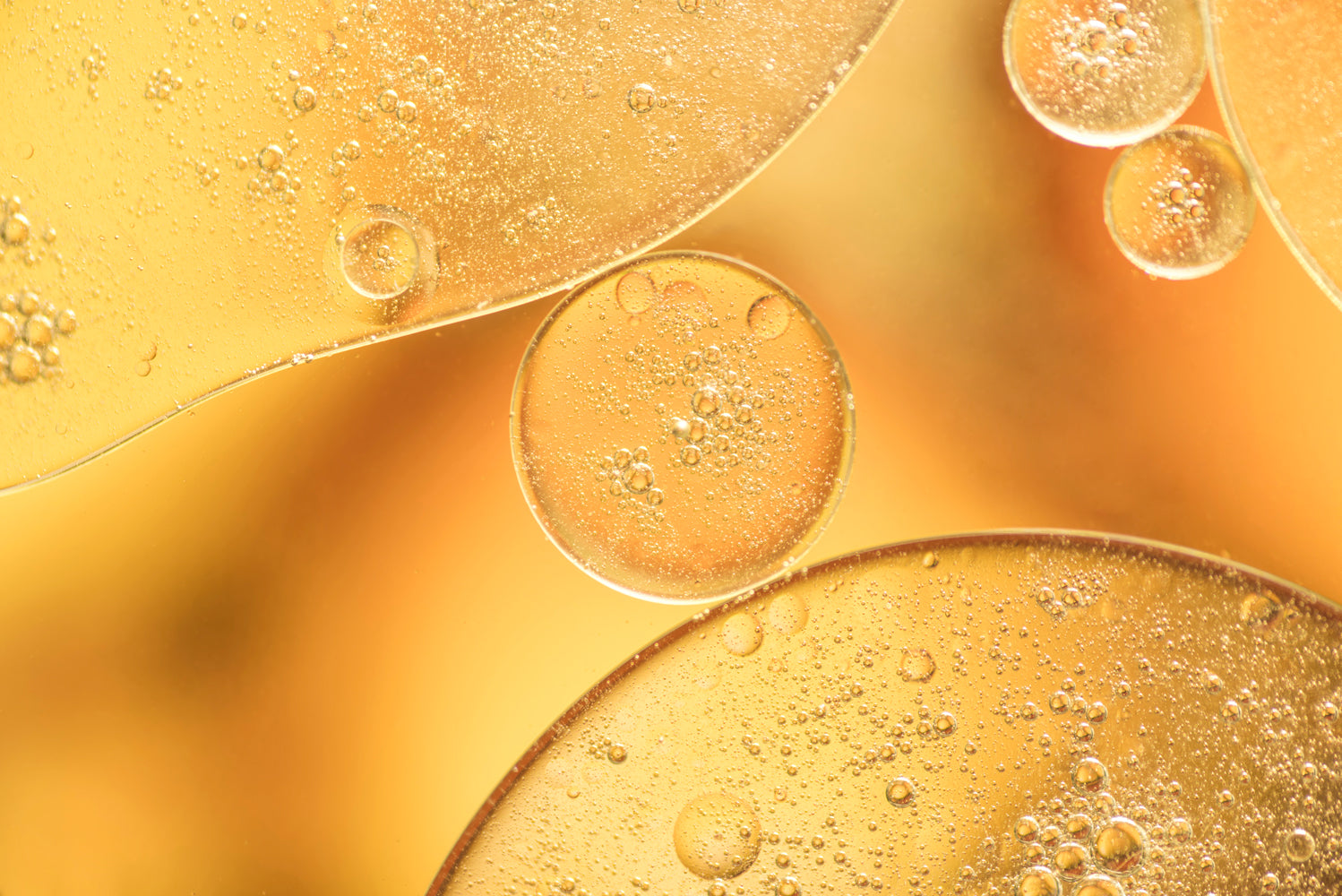Have you ever noticed your skin feeling tight, flaky, or dull and wondered if it's dry or dehydrated? Although they sound similar, dry and dehydrated skin are distinct conditions, each requiring different care. Understanding the differences is crucial for maintaining a healthy, glowing complexion.
What Is Dry Skin?
Dry skin is a skin type, meaning it’s a characteristic you are likely born with. It occurs when your skin produces less natural oil (sebum) than normal. Sebum is essential for protecting the skin’s barrier and keeping it soft and supple. Without enough oil, the skin can become rough, flaky, and itchy.
Common Causes of Dry Skin:
- Genetic predisposition
- Aging (as skin produces less oil over time)
- Harsh weather conditions (cold, windy climates)
- Excessive use of drying skincare products (like foaming cleansers)
- Certain health conditions (like eczema or hypothyroidism)
Symptoms of Dry Skin:
- Flakiness or scaling
- Rough texture
- Itchiness or irritation
- Redness or inflammation
- Tight feeling, especially after cleansing
What Is Dehydrated Skin?
Unlike dry skin, dehydrated skin is a temporary condition that can happen to anyone, regardless of skin type. It occurs when your skin lacks water rather than oil. This means you can have oily or combination skin that is also dehydrated.
Common Causes of Dehydrated Skin:
- Lack of water intake
- Excessive caffeine or alcohol consumption
- Overuse of harsh skincare products (like exfoliants)
- Air conditioning or heating (dry air environments)
- Poor diet or lack of balanced nutrients
Symptoms of Dehydrated Skin:
- Dull appearance
- Fine lines or wrinkles that are more noticeable
- Tight, uncomfortable feeling
- Sensitivity or redness
- Oily areas with dry patches (can look shiny yet flaky)
How to Tell if Your Skin Is Dry or Dehydrated:
- Pinch Test for Dehydration: Gently pinch the skin on the back of your hand for a few seconds. If the skin wrinkles but takes a moment to bounce back, it might be dehydrated. Healthy, hydrated skin should return to its normal state quickly.
- Texture and Oil Production: If your skin feels rough and flaky and lacks natural oils, it's likely dry. If it feels tight but still appears shiny in some areas, it's probably dehydrated.
Best Treatments for Dry Skin:
Dry skin needs moisture and nourishment. Here's how to help:
- Use Gentle Cleansers: Choose cream-based or hydrating cleansers that won’t strip natural oils.
- Moisturize Daily: Opt for heavier creams or ointments containing ceramides, hyaluronic acid, or glycerin to lock in moisture.
- Limit Hot Showers: Use lukewarm water instead, as hot water can strip oils.
Best Treatments for Dehydrated Skin:
Dehydrated skin needs hydration, meaning water rather than oil. Here’s what to do:
- Hydrate Internally: Drink plenty of water and consume water-rich foods like cucumbers, oranges and strawberries.
- Use a Humidifier: Add moisture to the air to prevent your skin from drying out.
- Include Hydrating Ingredients: Look for products with hyaluronic acid, aloe vera, or glycerin to attract water to the skin’s surface.
- Avoid Over-Exfoliation: Limit exfoliation, as it can disrupt your skin barrier and worsen dehydration.
Can Skin Be Both Dry and Dehydrated?
Yes, it's possible to have both dry and dehydrated skin simultaneously. This often occurs during seasonal changes or if your skincare routine is too harsh. In such cases, focus on hydration first to balance the skin’s water content, then add nourishing oils to replenish moisture.
To sum it up:
Understanding the difference between dry and dehydrated skin can help you make better choices in your skincare routine. Tailoring your products and practices to your skin’s specific needs can result in healthier, more radiant skin. If you're ever unsure, consult with a dermatologist for a personalized assessment and treatment plan. Remember, the key to great skin lies in listening to what it needs!



